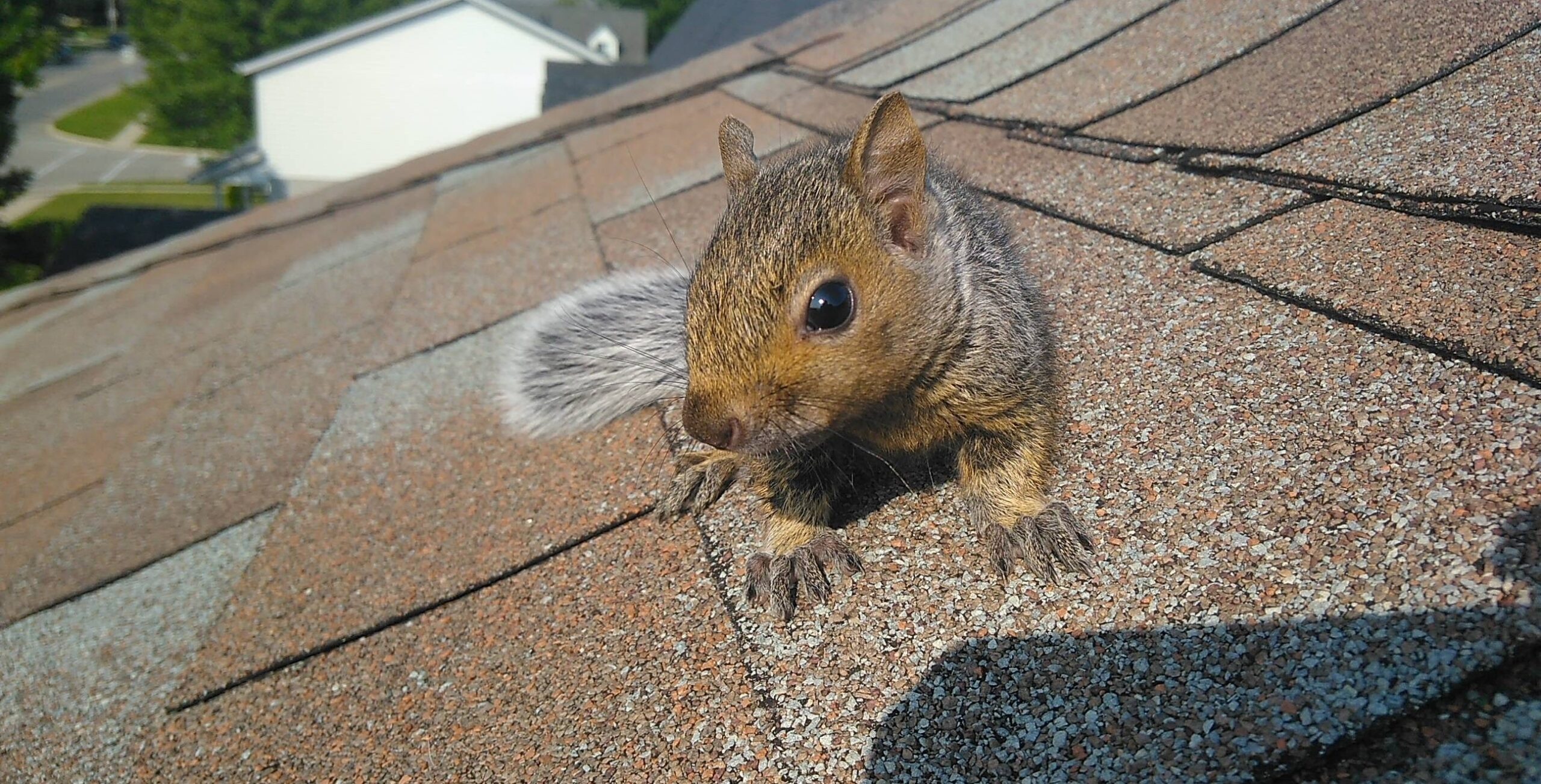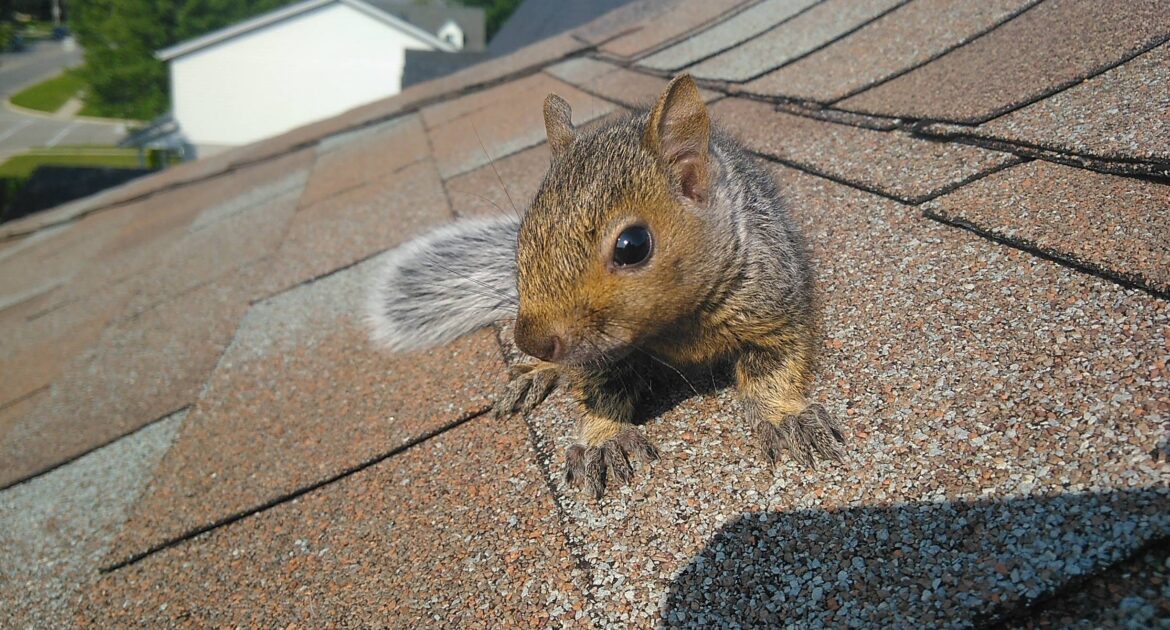Sandy Springs is a beautiful place full of trees and greenery, making it a perfect home for squirrels. While these animals may seem cute and harmless, they can cause trouble when they find their way into your home. Understanding common squirrel entry points in Sandy Springs is the first step toward protecting your property.
Squirrels are resourceful, using their agility and small size to enter homes in search of food, warmth, and shelter. Whether you’ve noticed scratching noises or found nesting materials, knowing how they get in can help you take action. Professional strategies for squirrel-proofing homes in Sandy Springs can save you time, money, and stress.
Below, we’ll go over the many ways squirrels find their way into homes, the risks they pose, and what you can do to keep your property safe.
Why Squirrels Want to Enter Your Home
Squirrels aren’t sneaking in just for fun. These animals look for shelter to escape harsh weather, raise their young, and find a stable food source. Homes in wooded neighborhoods of Sandy Springs are especially tempting because they mirror the natural environment squirrels thrive in.
While trees offer shelter outdoors, attics and walls provide even better protection. Your cozy house may feel like prime real estate for a growing squirrel family. Unfortunately, this leads to noise, damage, and even electrical hazards as squirrels make themselves at home.
Common Squirrel Entry Points in Sandy Springs
Squirrels are incredibly clever when finding ways inside. Here are the most common squirrel entry points in homes:
- Roof Gaps: Whether it’s a missing shingle or a gap near your chimney, squirrels can squeeze through small openings at roof level.
- Vents and Ducts: Dryer vents and roof vents are easy targets for squirrels, offering direct access to attic spaces.
- Cracks and Holes: Small holes around soffits, fascia boards, or siding are like open invitations.
- Chimneys: An uncovered chimney makes for an ideal entry point, especially during nesting season.
- Overhanging Branches: Branches that touch or hang close to your roof act as a bridge for squirrels looking to climb to entry points.
Understanding these access points is crucial for homes preventing squirrel infestations in Sandy Springs. Once they’re inside, squirrels can cause major headaches, so blocking these areas is key.
The Risks of a Squirrel Infestation
Having squirrels in your home is more than just a nuisance—they can cause serious damage and long-term problems. One of the biggest risks is structural damage. Squirrels chew on wood, siding, and insulation to create nesting spaces, which can weaken your home’s structure over time.
Even more concerning, they pose a fire hazard. Squirrels often gnaw through wires, increasing the risk of an electrical fire. In fact, the National Fire Protection Association reports that about 5% of house fires are caused by wire-damaging wildlife.
On top of that, squirrels can create health concerns. Their droppings and urine can lead to unsanitary conditions, spreading diseases or fostering mold growth in your home.
And let’s not forget the noise. Once inside, squirrels can be incredibly disruptive. The constant scratching, scampering, and occasional fighting can make it hard to find peace, especially at night.
The best way to avoid these issues is to prevent squirrels from entering your home in the first place. Taking action now can save you from costly repairs and sleepless nights later.
How to Make Your Home Less Attractive to Squirrels
Keeping squirrels outside starts by making your home less appealing to them. Follow these steps to discourage squirrel activity near your property:
- Trim Overhanging Trees: Cut back tree branches that touch or come too close to your roof. This eliminates a common pathway for squirrels.
- Inspect for Gaps: Regularly check your roof, vents, and siding for any cracks or holes. Seal them with durable materials like metal mesh or caulk.
- Secure Food Sources: Squirrels are always looking for food. Keep trash bins sealed tightly and avoid bird feeders near your home.
- Maintain Attic Spaces: Inspect your attic for any evidence of attempted entry, like gnaw marks or shredded insulation. Reinforce weak areas with sturdy materials.
Professional solutions for squirrel-proofing homes in Sandy Springs often include these steps, along with expert repairs to ensure long-term protection.
Statistics About Squirrel Activity in Urban Areas
The issue of squirrels entering homes isn’t unique to Sandy Springs, but it’s particularly relevant here due to the lush environment and close proximity to nature. Studies show that:
- Squirrels can squeeze through holes as small as 1.5 inches in diameter.
- The average squirrel nests in a 2-3 square-foot area, meaning they can comfortably establish homes within your attic walls.
- Urban wildlife cases have risen by 25% in the last decade, as suburban sprawl continues to intersect natural habitats.
These numbers show why proactive measures are so important.
Why Prevention Matters
When squirrels take up residence in your home, acting quickly is critical. Allowing them to stay unchecked increases the likelihood of damage and more extensive (and expensive) repairs. Prevention makes a big difference in avoiding future problems and keeping your home safe.
Homes preventing squirrel infestations in Sandy Springs benefit from lower repair costs, less stress, and peace of mind. A combination of exclusion methods and regular maintenance ensures that squirrels don’t return once they’ve been removed.
Key Reasons to Act Fast:
- Damage can escalate quickly as squirrels expand their nests.
- Prolonged exposure to droppings increases the risk of health issues.
- Preventive action is simpler (and cheaper) than fixing severe structural damage.
Professional Help for Squirrel Prevention in Sandy Springs
While taking steps to block squirrel entry points on your own can help, it’s always best to rely on seasoned professionals. At Skedaddle Humane Wildlife Control, we specialize in protecting your home in the most humane way possible, offering tailored solutions for squirrel-proofing homes in Sandy Springs.
Here’s what sets us apart:
- Comprehensive Inspections: We know where to look for hidden entry points and how to block them effectively.
- Long-Lasting Materials: Our repairs use heavy-duty screens and advanced sealing techniques designed to withstand persistent animals.
- Wildlife-Safe Methods: We prioritize humane, safe solutions that protect both you and the animals.
When you contact Skedaddle Humane Wildlife Control, you can trust us to provide a safe and thorough resolution to any squirrel-related concerns.
Protect Your Sandy Springs Home Today
Squirrels may be part of this city’s charm, but they don’t belong inside your home. Knowing the most common squirrel entry points in Sandy Springs allows you to take preventative action before any damage occurs.
By trimming trees, sealing gaps, and keeping an eye on your attic, you can protect your property from unwanted visitors. And with expert help for squirrel-proofing homes in Sandy Springs, you can feel confident that your home is safe from future issues.
If you’ve noticed signs of squirrel activity or want to ensure your home is secure, Skedaddle Humane Wildlife Control is ready to help. Reach out today to take the first step toward safeguarding your property and enjoying a squirrel-free home.




